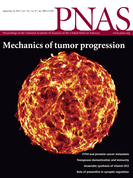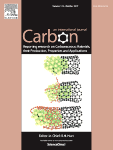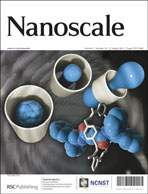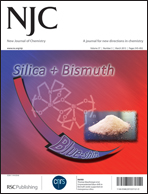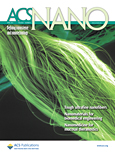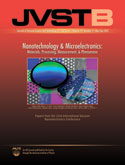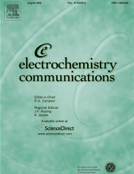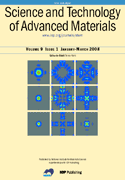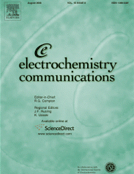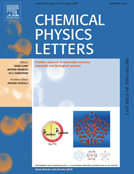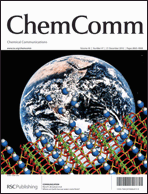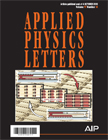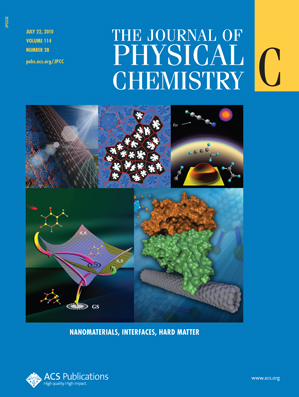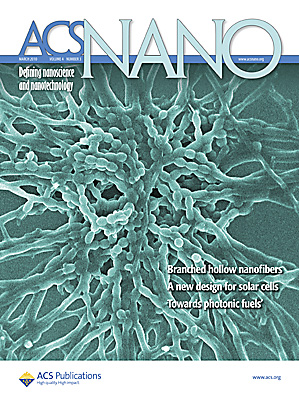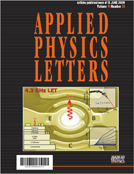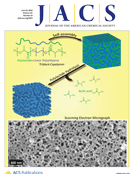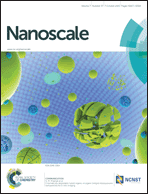
A hybrid enrichment process combining conjugated polymer extraction and silica gel adsorption for high purity semiconducting single-walled carbon nanotubes (SWCNT)
Summary: A novel purification process for the enrichment of sc-SWCNTs that combines selective conjugated polymer extraction (CPE) with selective adsorption using silica gel, termed hybrid-CPE (h-CPE), has been developed, providing a high purity sc-SWCNT material with a significant improvement in process efficiency and yield. Using the h-CPE protocol, a greater than 5 fold improvement in yield can be obtained compared to traditional CPE while obtaining sc-SWCNT with a purity >99.9% as assessed by absorption spectroscopy and Raman mapping. Thin film transistor devices using the h-CPE derived sc-SWCNTs as the semiconductor possess mobility values ranging from 10–30 cm2 V−1 s−1 and current ON/OFF ratio of 104–105 for channel lengths between 2.5 and 20 μm.

